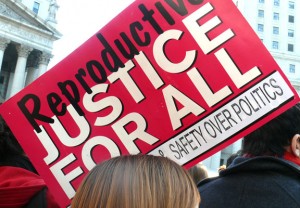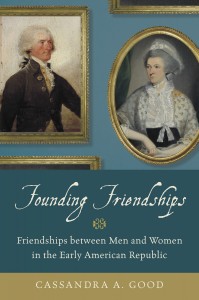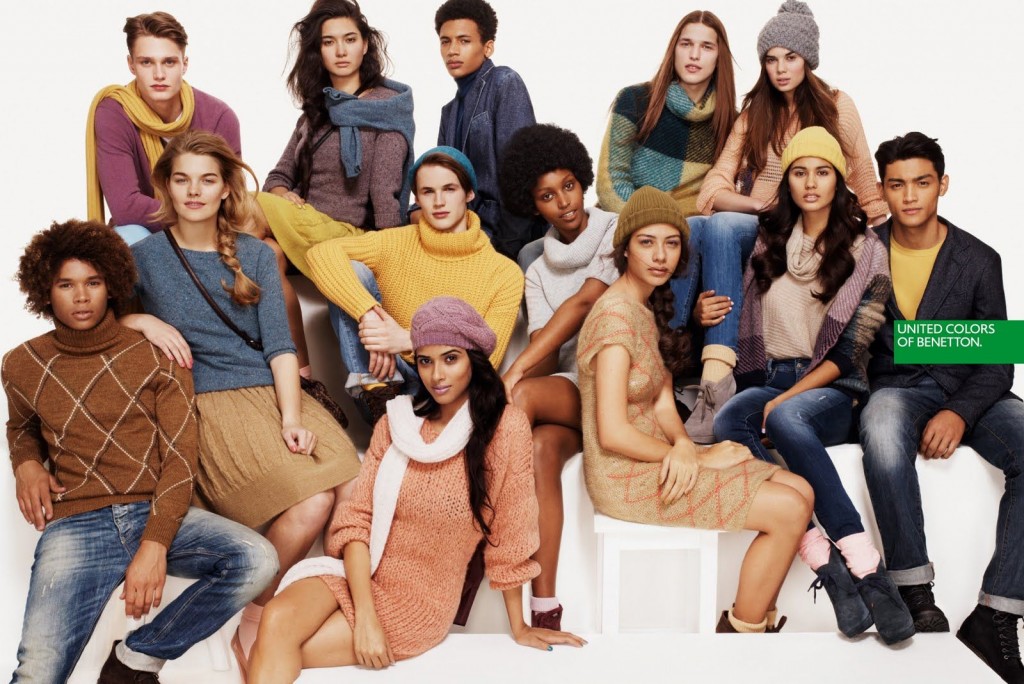When assigning blame for our nation’s persistent poverty problem, many policymakers tend to focus on underlying demographics or behavior of the poor—factors like racial background or the prevalence of single parent households— instead of the stark economic reality with which poorest Americans have had to contend. But, the fact
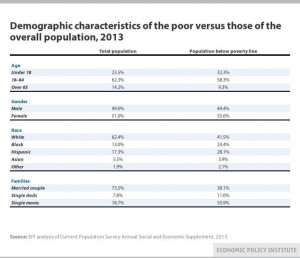
is, growing inequality is the primary reason the poverty rate has remained elevated over the last several decades.
It is true that women, people of color, and single mothers do experience disproportionately higher levels of poverty, as shown in the table below, which compares the share of the population in poverty by age, gender, race, and family composition with those groups’ share of the total population.
At first glance, it would seem that family structure and racial identity are significant determinants of changes in poverty, as these groups account for a disproportionately high number of people in poverty. However, over the last three-and-a-half decades, it was not growth in the population of single mothers or of certain racial groups that drove poverty. When these demographic factors are compared with the effect of income inequality on poverty levels since 1979, inequality dwarfs them all.
This is illustrated in the figure below, which examines a set of factors commonly associated with changes in poverty over the past three-and-a-half decades: changes in the U.S. population’s racial composition, education levels, and family structure, as well as overall income growth and income inequality. The figure shows how much (in percentage points) each factor contributed to the change in the poverty rate from 1979 to 2013.
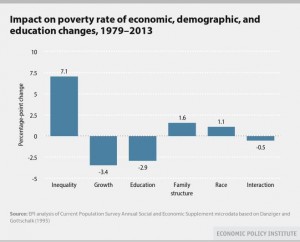
Since 1979, increasing inequality has been the largest poverty-boosting factor, outweighing racial identity and family structure and completely eclipsing the positive effects of overall economic growth and educational attainment in driving down the poverty rate. Despite our growing economy and the fact that poor workers are now more educated than ever, rising inequality has worked to keep low-income people in poverty. This increase in inequality was driven by stagnating wages for low- and middle-income households (for example, 10th percentile real wages were actually lower in 2013 than they were in 1979).
Our research looks at how this lack of wage growth for low- and middle-income families fuels poverty. We explore what could have happened to poverty if wages had actually grown over the last several decades and if the poor and the middle class had shared more widely in the gains made by a growing economy. We find that adopting policies to promote full employment and significant wage growth could bring down poverty as much as 4.2 percentage points—bringing 11.2 million people out of poverty.
It’s not fair to say the poor aren’t holding up their end of the social contract when almost two-thirds of employable poor people work and over 40 percent work full time, and their incomes have become more dependent upon wages over time. The truth is that the economy the poor are working in –an economy that has grown more unequal over the last several decades because of intentional policy choices—has made it harder and harder for them to get by.
Instead of focusing on the characteristics of the poor when assigning blame for poverty, we should examine the intentional policy choices we have made that led to such an unequal economy. We should promote new policy choices that help reduce inequality and alleviate poverty. Although the safety net has made significant progress in decreasing poverty, it needs to be complemented by a better labor market for low-wage workers. Without hourly wage gains, the tax-and-transfer system needs to work harder simply to keep poverty rates from increasing. Going forward, we should strengthen the safety net and focus on policy solutions that will spur wage growth—such as raising the minimum wage, targeting full employment, strengthening worker’s bargaining power, and updating labor standards—in order to make our economy work for all.
Elise Gould is a senior economist at the Economic Policy Institute, a non-profit think tank in Washington, D.C. Her research areas include wages, poverty, economic mobility, and health care. She is a co-author of The State of Working America, 12th Edition. Twitter: @eliselgould
Alyssa Davis joined EPI in 2013 as the Bernard and Audre Rapoport Fellow. She assists EPI’s researchers in their ongoing analysis of the labor force, labor standards, and other aspects of the economy. She holds a B.A. in Plan II and Sociology from the University of Texas at Austin. Twitter: @alyssalynn7

